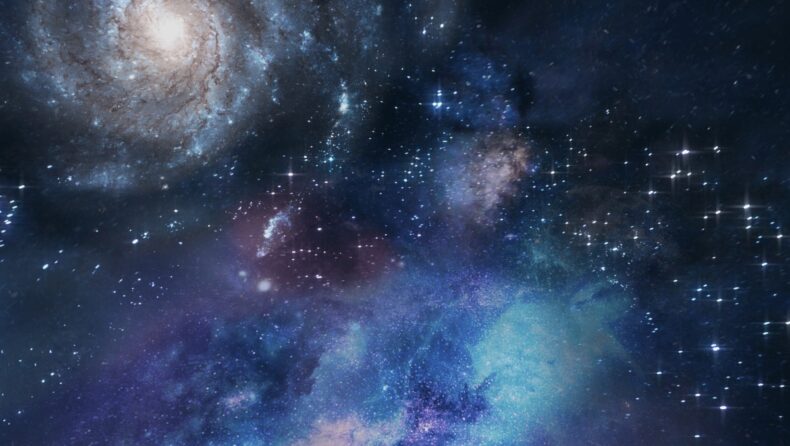The blackhole is barely 1600 light years away, and 10 times the mass of the sun
The Gaia probe from the European Space Agency, according to Kareem El-Badry of the Harvard-Smithsonian Centre for Astrophysics, has discovered the closest ever known black hole to Earth, and it is barely 1,600 light-years away in the constellation Ophiuchus. The discovery was made by observing the motion of its companion star, which travels around the black hole at a distance similar to that of Earth’s orbit around the sun.

El-Badry and his associates published their findings in Monthly Notices of the Royal Astronomical Society after having the International Gemini Observatory using one of the twin telescopes, which is run by NSF’s NOIRLab. The black hole has been named Gaia BH1 by astronomers and is observed to be three times closer to Earth than the previous record-holder, an X-ray pair in the constellation of the Monoceros.
The amazing discovery was made possible by closely monitoring the movements of the black hole’s companion, a star similar to the sun that orbits the black hole at a distance nearly equivalent to that of the Earth’s orbit of the sun. Despite the fact that the Milky Way Galaxy is home to millions of stellar-mass black holes, only a few of them have been discovered thus far.
These black holes were discovered through their energizing interactions with a companion star. As it spirals in toward the black hole, superheated matter from a neighboring star emits powerful X-rays and material jets. Black holes simply blend in with their surroundings when they are quiescent, or not actively consuming matter.
The researchers first looked at data from the Gaia spacecraft of the European Space Agency to evaluate whether or not the system might contain a black hole. Gaia observed the minute changes in the star’s velocity caused by a large invisible object. The Gemini Multi-Object Spectrograph instrument on Gemini North was utilised by El-Badry and his team to conduct a more thorough analysis of the system. By measuring the companion star’s velocity as it encircled the black hole, this gadget was able to precisely calculate the companion star’s orbital period.
The team was able to determine that the binary system’s centre body was indeed a black hole with a mass about equal to our sun thanks to the Gemini follow-up observations, which were important in limiting the orbital motion and, consequently, the masses of the two components.
Using astronomers’ current theories of the formation of binary systems, it is challenging to explain the peculiar configuration of the Gaia BH1. The progenitor star would have had a mass at least 20 times that of the sun. It later underwent evolution to become the recently discovered black hole.
If both stars had formed at the same time, the massive star would have quickly evolved into a supergiant, enlarging and swallowing the second star before it had the chance to develop into a proper, main-sequence star like our sun, which burns hydrogen. This would have meant that the second star would have had a brief lifespan of a few million years. According to the black hole pair’s results, the solar-mass star could not have survived that event and turned into an apparently normal star.

The solar-mass star should have ended up in an orbit that is substantially closer to what is actually observed, according to all theoretical models that do allow for survival.
This suggests that there are significant knowledge gaps regarding the formation and evolution of black holes in binary systems, as well as the presence of an undiscovered population of dormant black holes in binary systems.

NSF Gemini Program Officer Martin Still said: “As part of a network of space- and ground-based observatories, Gemini North has not only provided strong evidence for the nearest black hole to date but also the first pristine black hole system, uncluttered by the usual hot gas interacting with the black hole,”
Among all celestial objects in the cosmos, black holes are the most extreme and yet the most intriguing. Most likely, the centres of all giant galaxies contain supermassive versions of these inconceivably dense structures. With an estimated 100 million in the Milky Way alone, stellar-mass black holes—which weigh five to one hundred times as much as the sun—are significantly more prevalent.













